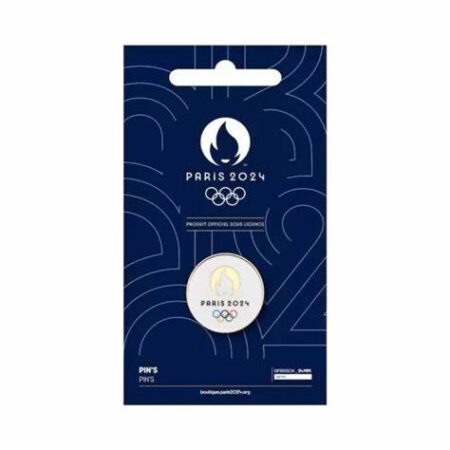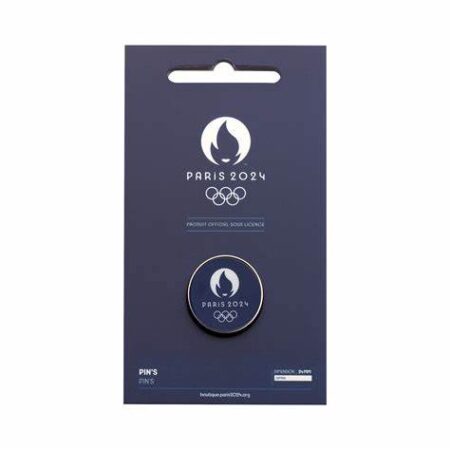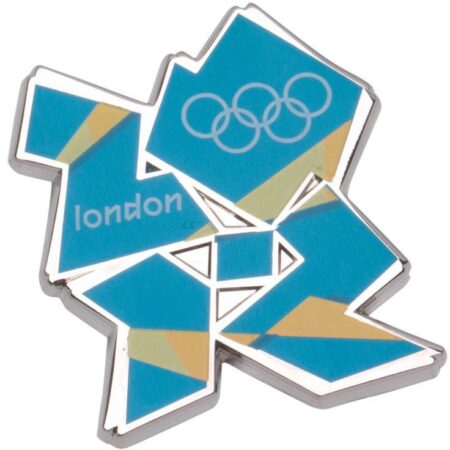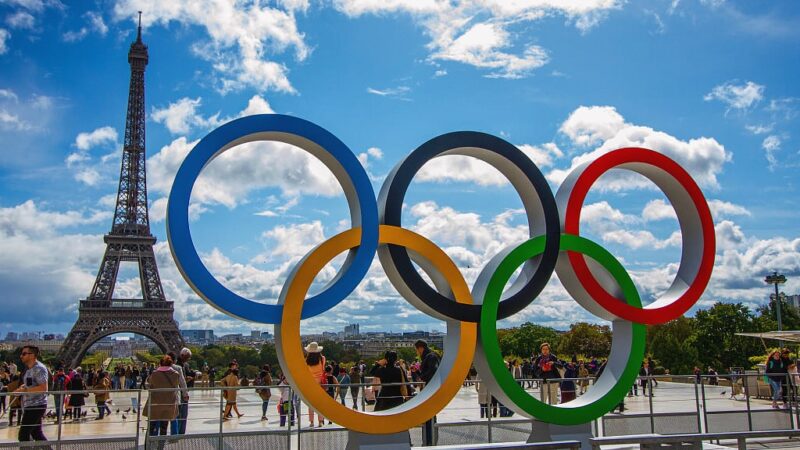Exchanging Metal Enamel Pin Badges at the Olympic Games
Metal enamel pin badges are more than collectibles, they are a key part of Olympic tradition. These pins symbolize unity, friendship, and international exchange among athletes and fans. As athletes compete for medals, another exciting activity happens in the background: exchanging custom enamel pin badges. These small tokens hold great meaning and help create lasting connections.

The History and Significance of Metal Enamel Pin Badges at the Olympics
Metal pin badges first appeared at the 1896 Athens Olympics. At first, they had a simple purpose: to show official status for athletes and officials. But over time, the badges look and purpose changed. They began to feature colourful enamel designs that showed off countries, sports, and Olympic symbols. Today, custom enamel pins are an important part of Olympic tradition. They are cherished by many.
The tradition of trading pins has become a popular unofficial sport at the Olympics. Over 14,000 international athletes were in the Olympic Village during the Paris Games. Pin trading became one of the most social activities. People swap both hard and soft enamel pins, and this helps cross language and cultural barriers. These small metal pins carry the Olympic spirit and help build friendships.


The Role of Metal Enamel Pin Badges in Olympic Culture
Metal enamel pin badges are a big part of Olympic culture. Each Olympic Games comes with a new set of pins. These badges are more than just collectibles. They capture the spirit of the Games. Pins often show the host city, important milestones, or iconic symbols. Whether you collect custom enamel pins or unique pin badges, each one reflects Olympic history.
Limited edition pins are especially valuable. They are made in smaller numbers and have unique designs. These high-quality enamel pins are very popular with collectors. Their rarity and special details make them a symbol of the Games’ prestige and global unity.

The 2024 Limited Edition Badge: A Collector’s Dream
The 2024 Paris Olympics introduced a limited edition enamel pin badge. It is already one of the most wanted collectibles. The design features the Olympic rings and the Eiffel Tower, which captures the spirit of Paris 2024. This enamel pin is made with bright enamel on a sturdy metal base. It is both attractive and strong.
Each pin has a unique serial number. This makes it even more exclusive. Only a small number were made, and they were given to athletes, officials, and VIPs. The pin’s safety catch ensures it stays securely in place. This adds to its value for collectors.
Metal Enamel Pin Badges: More Than Just Collectibles
Metal enamel pin badges are known for their bright colours and durability. The enamel finish makes the pins both beautiful and long-lasting. They represent many themes, like national flags, Olympic mascots, and different sports.
The fittings on the back of the pins are also important. There are two main types: clutch and safety catch. The clutch fitting is popular because it is easy to use. It allows people to quickly attach and remove pins. The safety catch is more secure. It makes sure the badge stays fastened, which is useful for valuable pins.
The Different Types of Enamel Pin Badge Fittings
Clutch Fitting:
This fitting uses a small metal or rubber clasp. It holds the badge securely on clothing. It is simple and easy to use, so it is great for quick pin swaps.
Safety Catch Fitting:
This is a more secure option. It works like a brooch, with a pin sliding into a clasp. It is ideal for valuable or often-worn badges because it keeps the badge in place.
Pin Badge Swapping at the Olympics
Pin badge swapping is a fun and lively part of the Olympic Games. Participants meet in special areas or informal spots to trade their enamel pins. The process often starts with introductions. People share stories about their pins and then trade them. Sometimes, trades are simple. Other times, there are more detailed negotiations for rare or unique pins.
Pin swapping is about more than just collecting new items. It’s a chance to meet new people and make friends. Participants wear their pins proudly, showing them off during friendly exchanges. The spontaneous and social nature of pin trading adds excitement to the Games. Each badge swap creates a memory and reflects the global unity of the Olympics.

Conclusion: A Small Symbol of Unity and Fun
Metal enamel pin badges are much more than collectibles. Their bright colours and secure fittings make them symbols of unity, friendship, and self-expression. They bring together athletes and fans from around the world. The tradition of pin trading, especially in the Olympic Village, adds fun and meaning to the Games. As the Olympic Games continue to inspire, pin badge trading will carry on, creating shared memories and global camaraderie.









